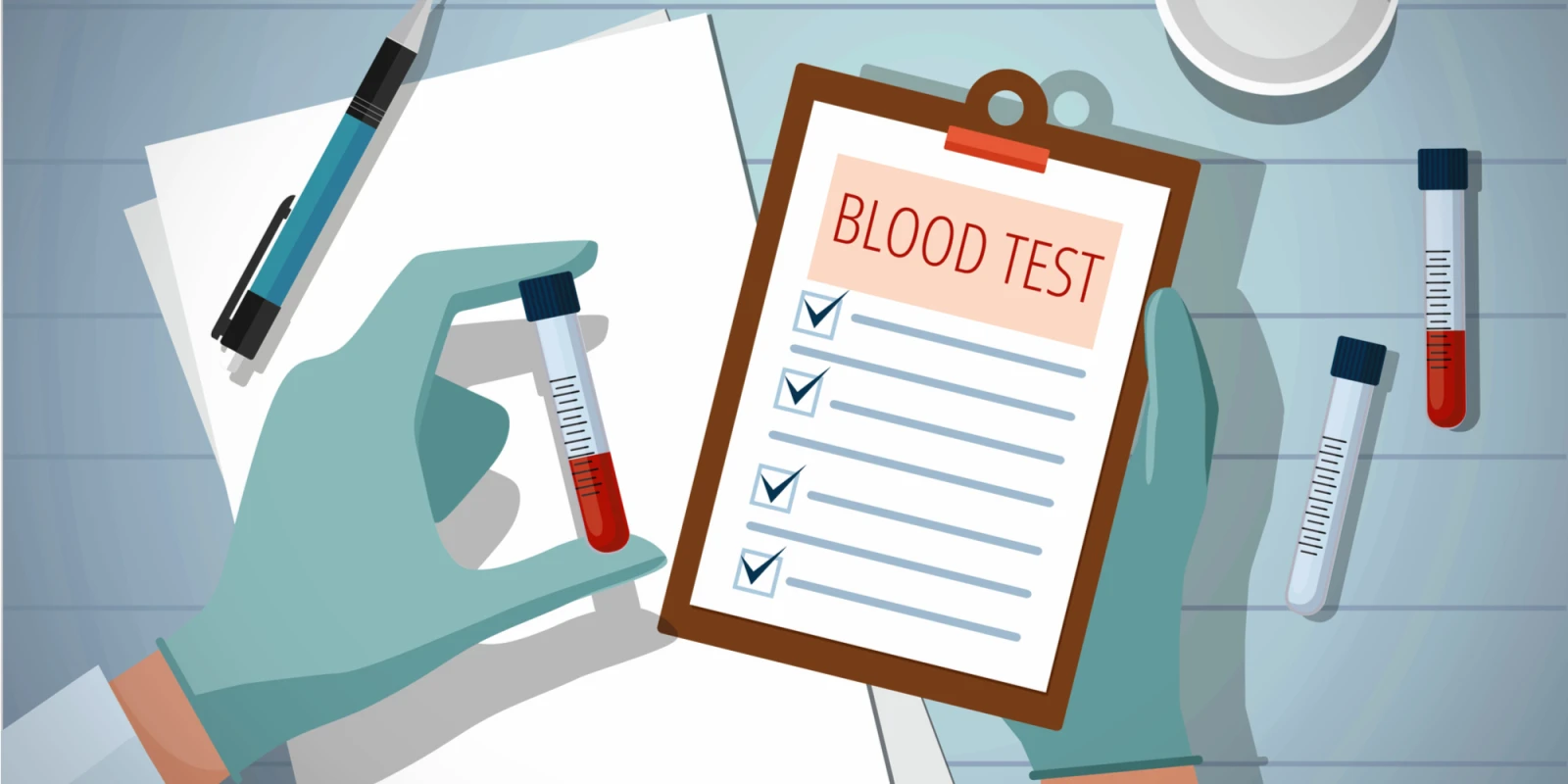 The email popped up in my inbox one evening as I was winding down after a busy day of clinic: "Please log in to your patient portal for new results."
The email popped up in my inbox one evening as I was winding down after a busy day of clinic: "Please log in to your patient portal for new results."
Instinctively, I did as instructed. My resident physician brain had been primed to always follow up test results promptly. It was the thyroid ultrasound I’d had a few days ago. I hadn’t thought much about the test at the time; my family is full of goiters.
As I skimmed the radiologist’s read, certain words flashed like comets before me: “large nodule” and “1.8 cm x 2.5 cm mass that may be consistent with enlarged supraclavicular lymph node.”
I remembered from medical school how supraclavicular nodes are rarely anything benign. My cancer survivor brain took over, rocketing me into full “I-have-cancer-again” mode. I spent the night terrified, tearful, and too nervous to call anyone, trying to distract myself with home makeovers on HGTV. Was I just misinterpreting the read? Was it all just a bad dream? I finally fell asleep to the drone of a 3 a.m. infomercial.
My endocrinologist sent an email the next day. She suggested a biopsy and thought what was read as the lymph node was likely just another nodule of my goiter. He said the risk of cancer was low. My anxiety lessened.
However, I couldn’t help but be resentful: If the patient portal hadn’t let me see results before I saw my doctor, I could have had the relaxing night I’d planned.
How to receive test results is a hot topic among us cancer survivors. Some of us like to see the results of our scans or lab results ahead of time to process the news privately, prepare questions, or get in the right frame of mind for the doctor’s visit. But most of us like to learn of results in person.
I remember how my first cancer surgeon did it: he stated loudly “your scans look all clear” as he opened the exam room door, then sat down to reassure me with details. He knew to minimize the wait, not drag out my anxiety with small talk, and always bring a printed copy of my results we could review them together.
After my thyroid ultrasound drama, I decided I never wanted to see results online before I saw my doctor. I would not open those patient portal emails. Only in person can results be given context. Only in person can I feel the care of an expert. Only in person can she pass the tissues.
At my biopsy visit, I told my endocrinologist how I’d received the ultrasound results — alone at my computer late at night.
“I didn’t even realize that could happen,” she replied, “I’m not sure how they decide what and when to release things to the patient portal. I’m sorry — that’s not a good way to find out.”
In the end, my biopsy showed I didn’t have cancer, just an awkward and large bunch of thyroid nodules — my endocrinologist’s suspicions correct and the ultrasound report overly cautious.
But it was another reminder of how receiving test results is one of the most stressful parts of being a patient. So much of your life seems to hinge on that one test, whether it is cancer or not, genetic disorder or not, relapse or not. Part of caring for our patients has to be minimizing any anxiety and fear surrounding waiting for and getting results.
We can work to shrink time between the test and its result, such as facilitating same-day follow-up. We can ask our patients how they prefer to receive results — in person, via phone or via the patient portal — and tailor our practice to their preference, remembering that this may be different for certain results that are higher stakes. We can learn how our EMRs are set to send results, perhaps tweaking the system to allow results releases to be customized. Hopefully, such measures will spare other patients from spending their night agonized, confused, and scared like I did.
Julia Michie Bruckner, MD, MPH is a pediatrician, mother, survivor of recurrent cancer, writer, and 2018-2019 Doximity Author. You can find her at www.juliamd.com and @JuliaMDWriter
Image By Medvedeva Irina / Shutterstock







